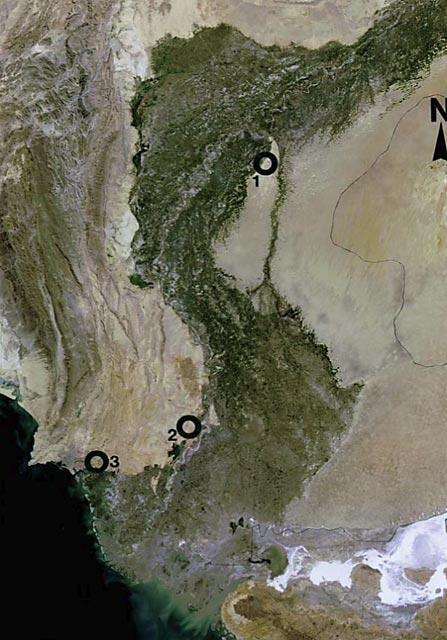From the author's Introduction
Sindh is a territory of fundamental importance for the understanding of the cultural processes that took place in South Asia during the Pleistocene. Located midway between the uplands of Balochistan, in the west, and India, in the east, it separates two environmentally and historically distinct regions. It is not by chance that Sindh takes its name from the river that, flowing from north to south, neatly divides it into two halves and denominates the entire Subcontinent. Apart from representing historical India of the ancient Greeks, and the easternmost limit reached by Alexander the Great and his Macedonian army, from an archaeological point of view. Sindh is famous mainly for its Bronze Age and later antiquities, and displays the most remarkable traces of the first processes of urbanisation of the old world, which are exemplified by the outstanding ruins of the metropolis of Mohen-jo-Daro.
--
Also included ios Dr. Biagi's 2010 book review of Robin Dennell's The Paleolithic settlement of Asia, a look at the larger known Paleolithic world in the continent going back 100,000 years.

